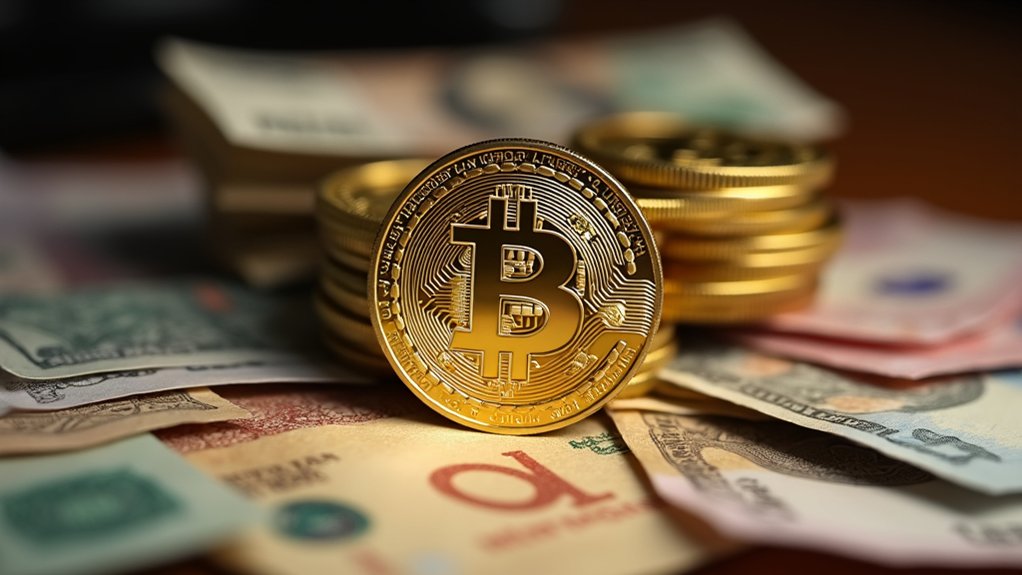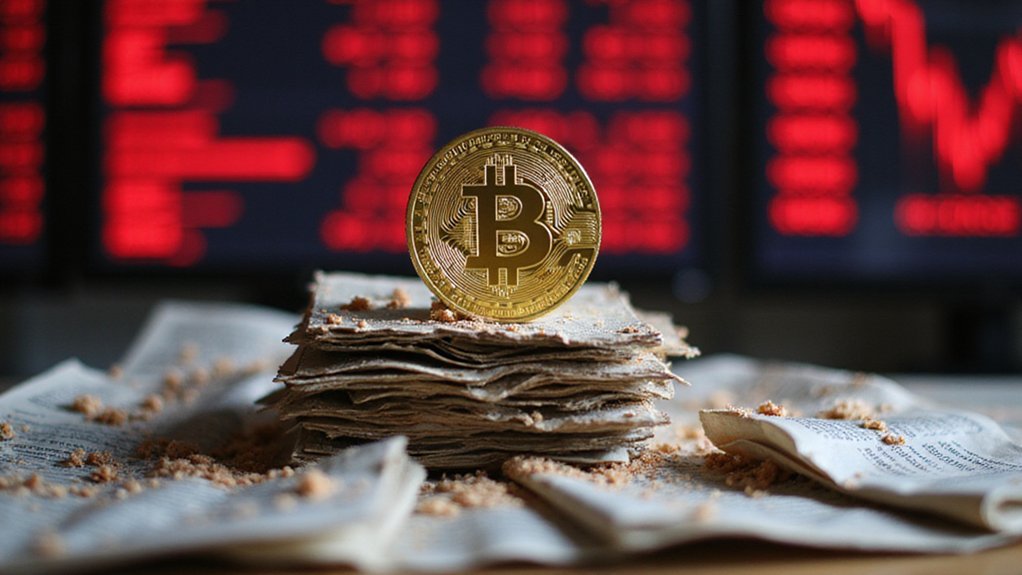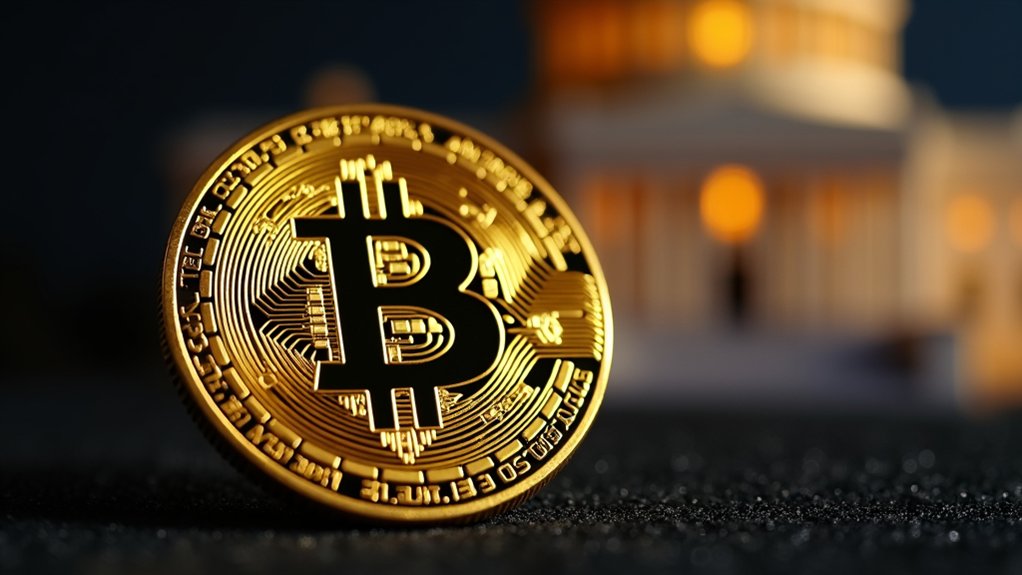When financial prognosticator Robert Kiyosaki—author of “Rich Dad Poor Dad” and perpetual harbinger of economic doom—issues warnings about impending market crashes, one might reasonably wonder whether this represents genuine prescience or simply another iteration of his famously apocalyptic worldview. His latest prediction centers on Bitcoin’s imminent correction following its spectacular ascent to $123,000 before retreating to approximately $118,000, a pullback he attributes to profit-taking among whales and seasoned holders who apparently possess superior market timing skills than the rest of us mere mortals.
Kiyosaki’s bubble burst prophecy extends beyond Bitcoin’s stratospheric valuations, encompassing what he characterizes as simultaneous corrections across traditionally uncorrelated asset classes—gold, silver, stocks, and cryptocurrencies alike. This anticipated synchronized collapse stems from fundamental economic fragilities: a national debt approaching $37 trillion (because what’s a few trillion among friends?), rising Treasury yields signaling market stress, and inflation figures that refuse to cooperate with Federal Reserve expectations. Kiyosaki boldly suggests this potential crash could surpass the 1929 Great Depression in its severity and scope.
The cryptocurrency market‘s $4 trillion capitalization certainly suggests exuberance, with Bitcoin forecasts ranging from optimistic projections of $162,353 to stratospheric estimates reaching $250,000—or pessimistic scenarios plummeting to $70,000. Such wild variance in professional predictions might indicate either healthy market debate or collective analytical bewilderment. The market has witnessed unprecedented institutional adoption through SEC-approved crypto ETFs, enabling major financial firms to offer Bitcoin investment products to both retail and institutional clients.
Despite his dire warnings, Kiyosaki maintains a curiously optimistic long-term perspective, advocating for accumulation during market downturns rather than capitulation. This contrarian approach treats corrections as buying opportunities, suggesting his apocalyptic rhetoric serves more as market timing strategy than genuine panic. Strategic accumulation during price consolidations has become a hallmark of institutional Bitcoin investment behavior.
The fundamental question remains whether current market conditions—characterized by record highs across multiple asset classes, institutional adoption, and regulatory clarity—truly constitute unsustainable bubble territory or represent rational repricing based on shifting monetary policies and technological adoption.
Kiyosaki’s track record of doom-laden predictions adds skeptical weight to any assessment, though even broken clocks achieve temporal accuracy twice daily. Whether his latest warning represents prophetic insight or habitual pessimism will ultimately depend on macroeconomic developments that remain frustratingly unpredictable, regardless of one’s literary credentials in financial education.








